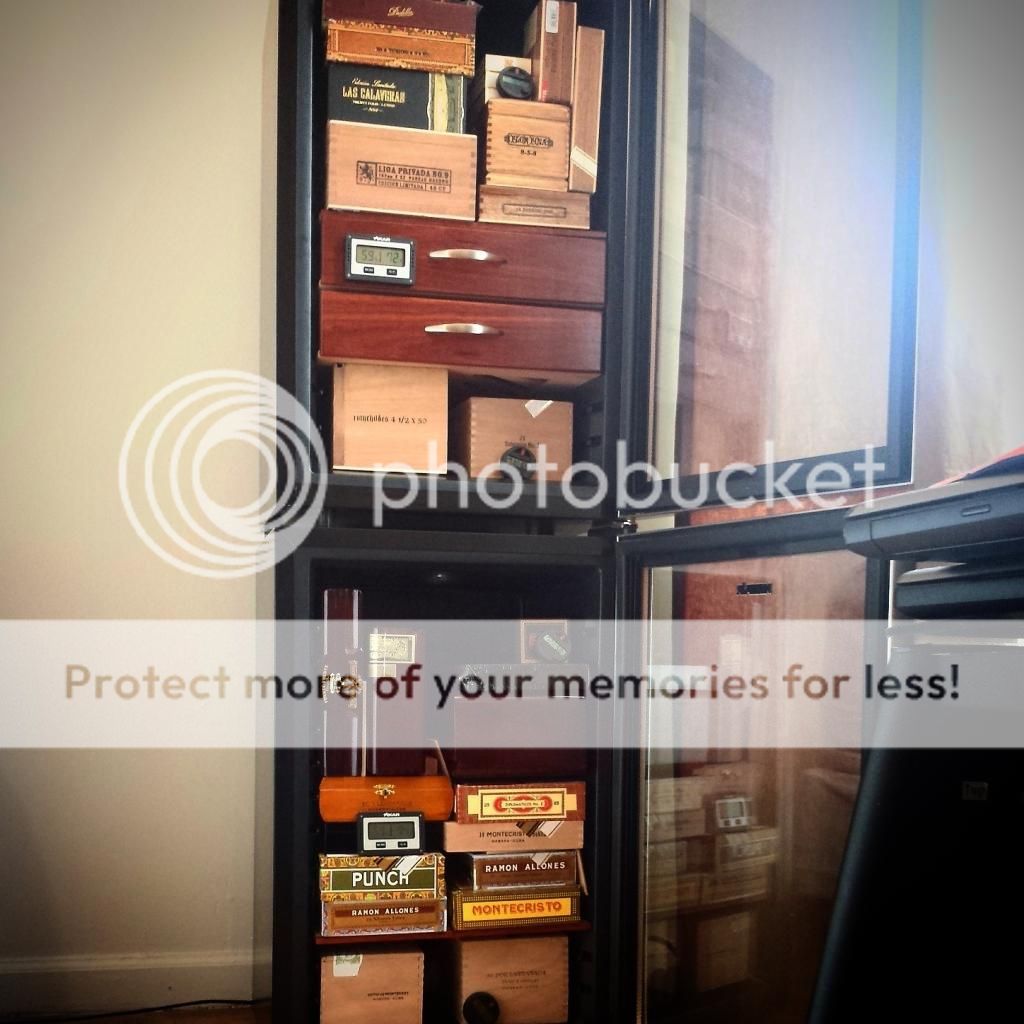I have looked at more schematics, cut-away drawings, and have read more about fridges then any non-fridge or HVAC technician should ever inflict upon them. From what I can tell, no common consumer fridge ships with a blower/air conditioning system. I am probably way out of my league here as I do not have a formal degree in engineering but let’s discuss a few things to level set my understanding and provide people specific components to argue:
1. Compressor refrigerators operate primarily by using coils along the interior surface to remove heat.
2. The more wide spread and numerous the coils are, the more efficient and even the cooling.
3. Ignoring the heating elements for defrost, there is rarely any fans or blowers on larger fridges. If they do exist, it is to assist with moving the air to ensure the temperature is consistent throughout.
4. If a blower existed and was directly linked to the job of cooling air, it would do so by channeling it through a separate cooling compartment. This method would require an air intake as well. There is a higher likelihood of uneven cooling and associated disruption of RH. This design would be less efficient then using coils in the interior walls and likely cost more.
5. Air conditioning units employ the above model as it is the only way to cool/remove heat in the air of buildings, cars, etc where you cannot put coils in the walls (though car manufacturers are now including them in seats).
The only argument I would anticipate is that the compressor units are more efficient at cooling and as such, you would witness a faster drop in temperature then a peltier unit. The faster drop would mean greater fluctuations in RH. Many variables would come into play here though such as the size of the peltier unit, the size of the circulating fan, the density and distribution of the coils used in the compressor unit,etc. According to Wikipedia (yeah I know, don’t lecture) “Thermoelectric junctions are generally only around 5–10% as efficient as the ideal refrigerator (Carnot cycle), compared with 40–60% achieved by conventional compression cycle systems (reverse Rankine systems like a compressor). Due to the relatively low efficiency, thermoelectric cooling is generally only used in environments where the solid state nature (no moving parts, maintenance-free) outweighs pure efficiency.“ The effects of the efficient cooling (RH fluctuations in-line with temperature fluctuations) would most prevalent when the gap between desired temperature and current temperature is large.
However, then you could argue that the air is at a higher RH then it was at the higher temperature as dew forms when the air is saturated (100%) humidity which clearly means the hygrometers we use do not cope well with a rapidly changing environment and provide false readings (it is after all, a $20 testing unit).
I personally would feel comfortable buying either device, especially if my sticks were in boxes to help insulate from temperature and RH fluctuations. I would pair this with the ability to tightly control temperature and stop looking at my hygrometer when the fridge is in flux. At some point I would relax and enjoy a stick




